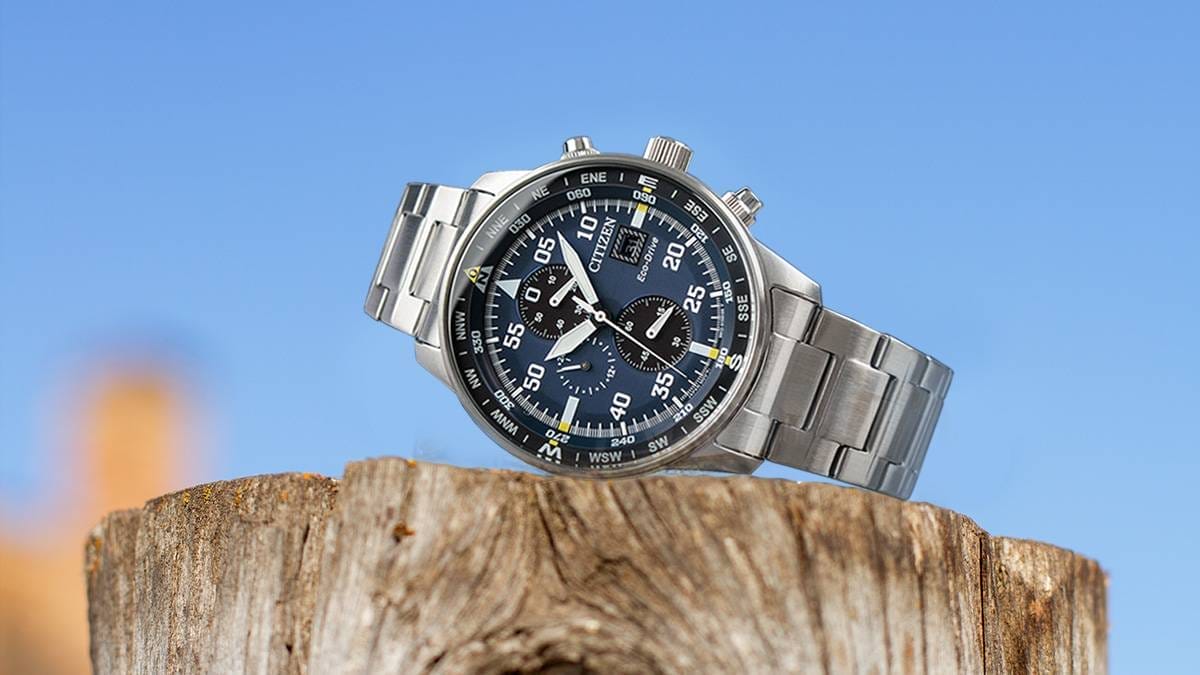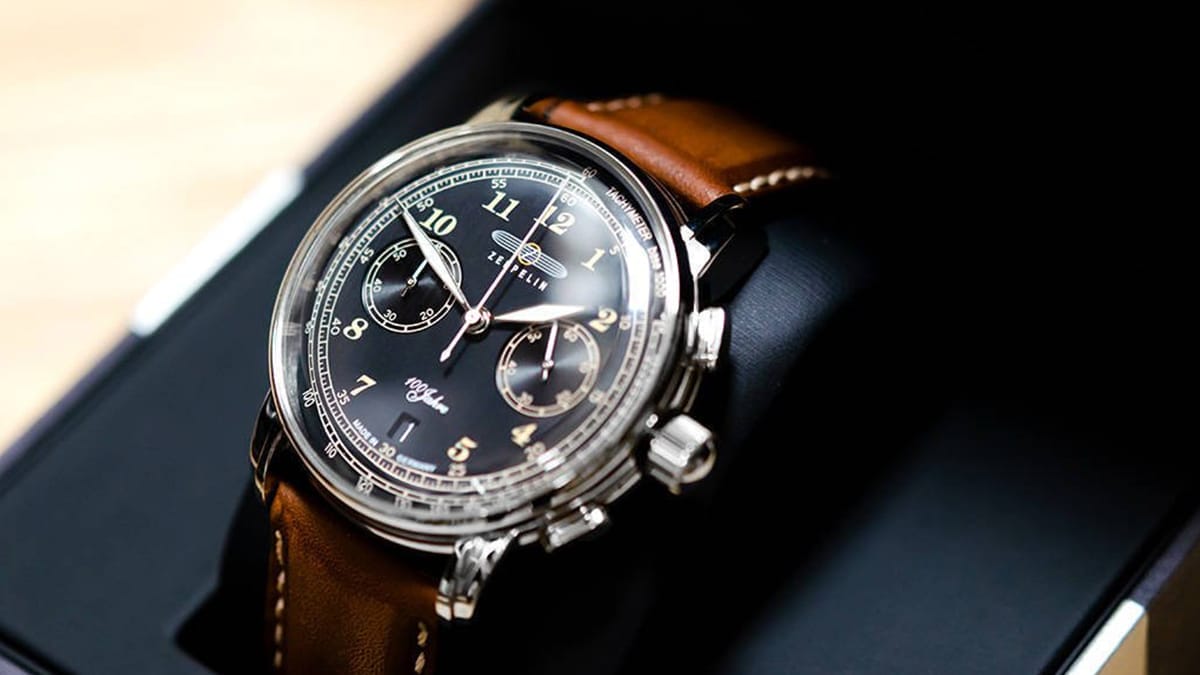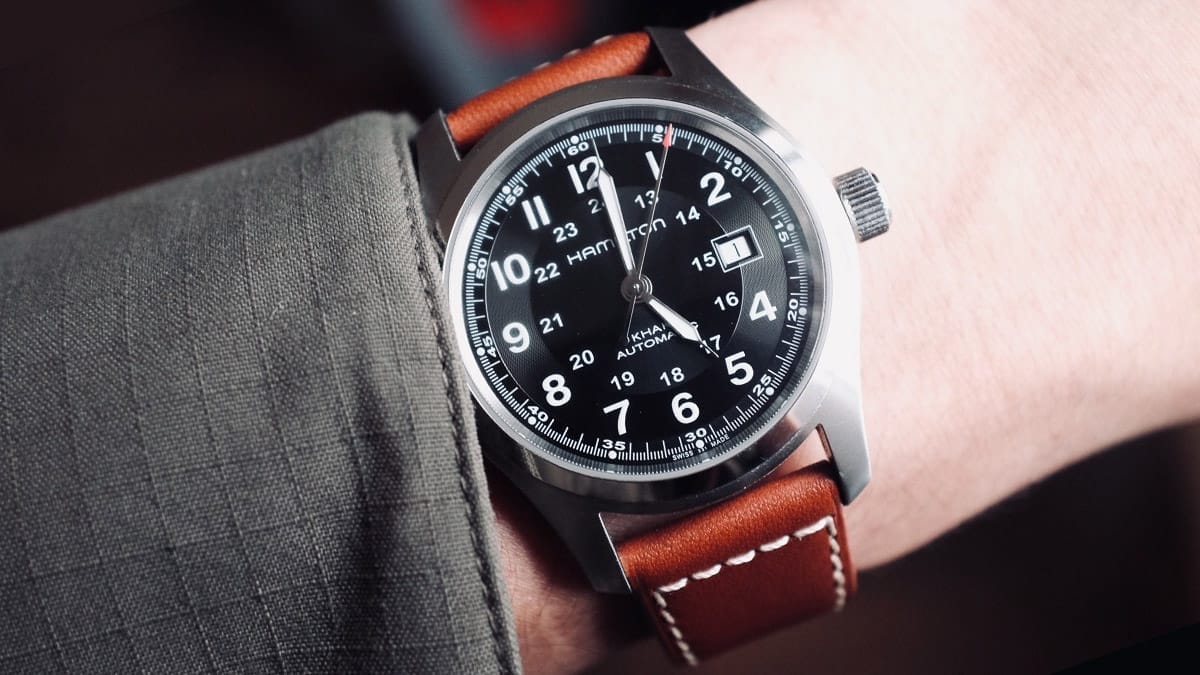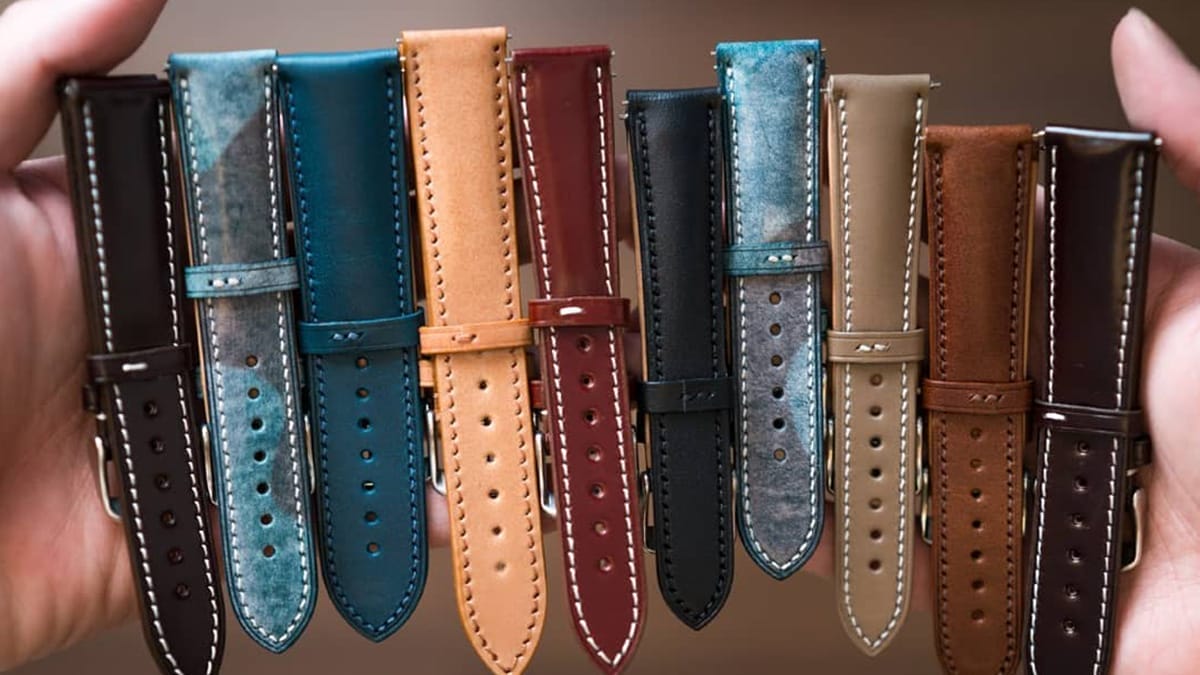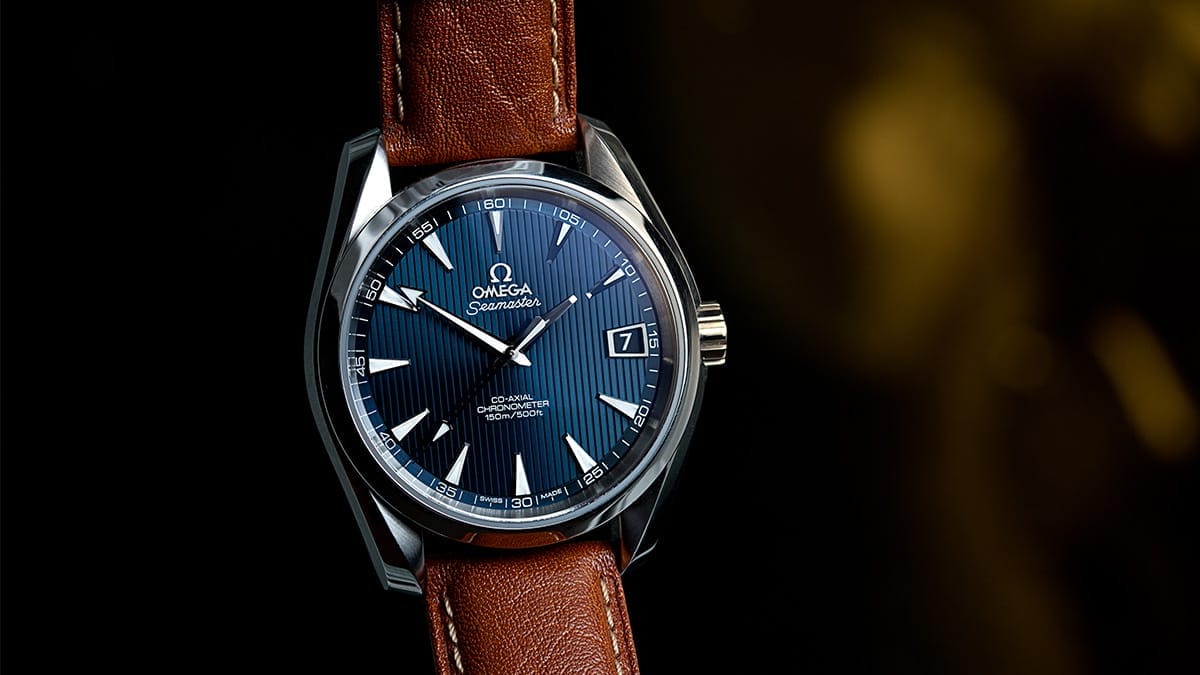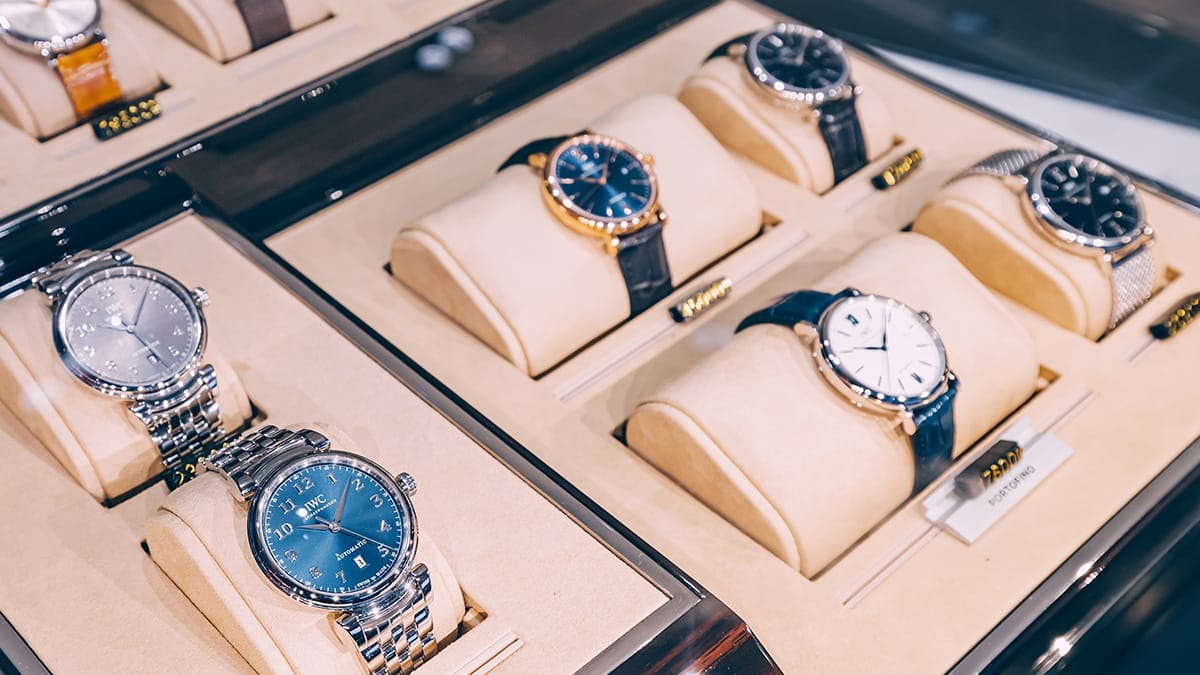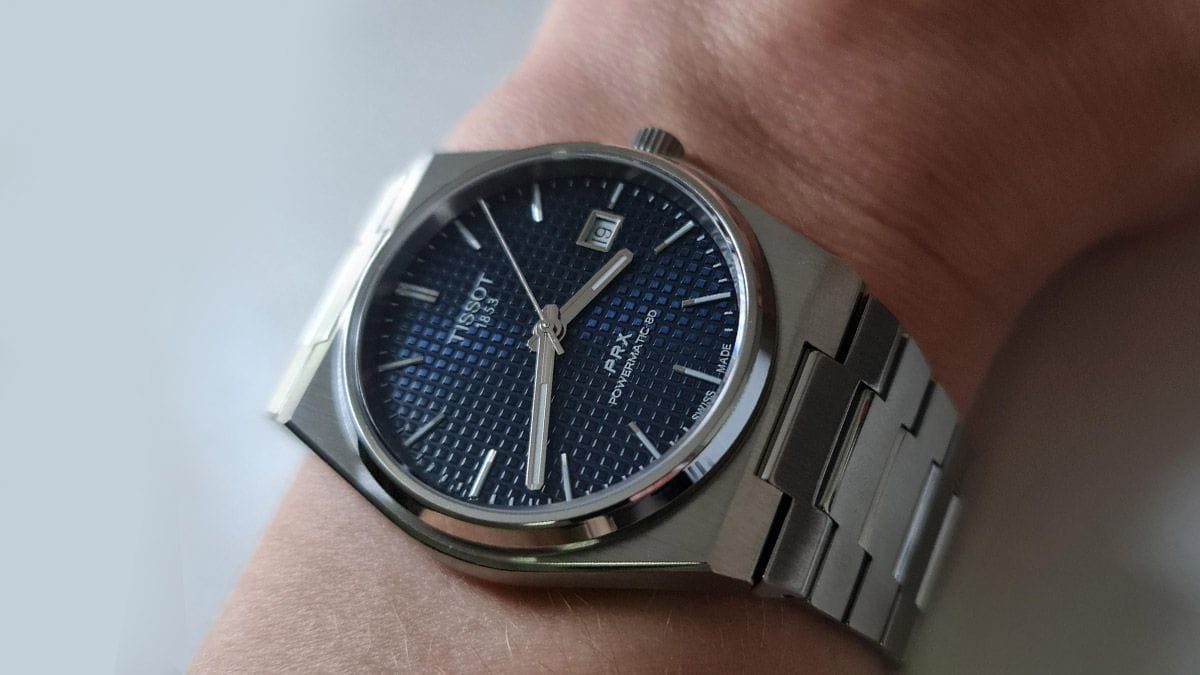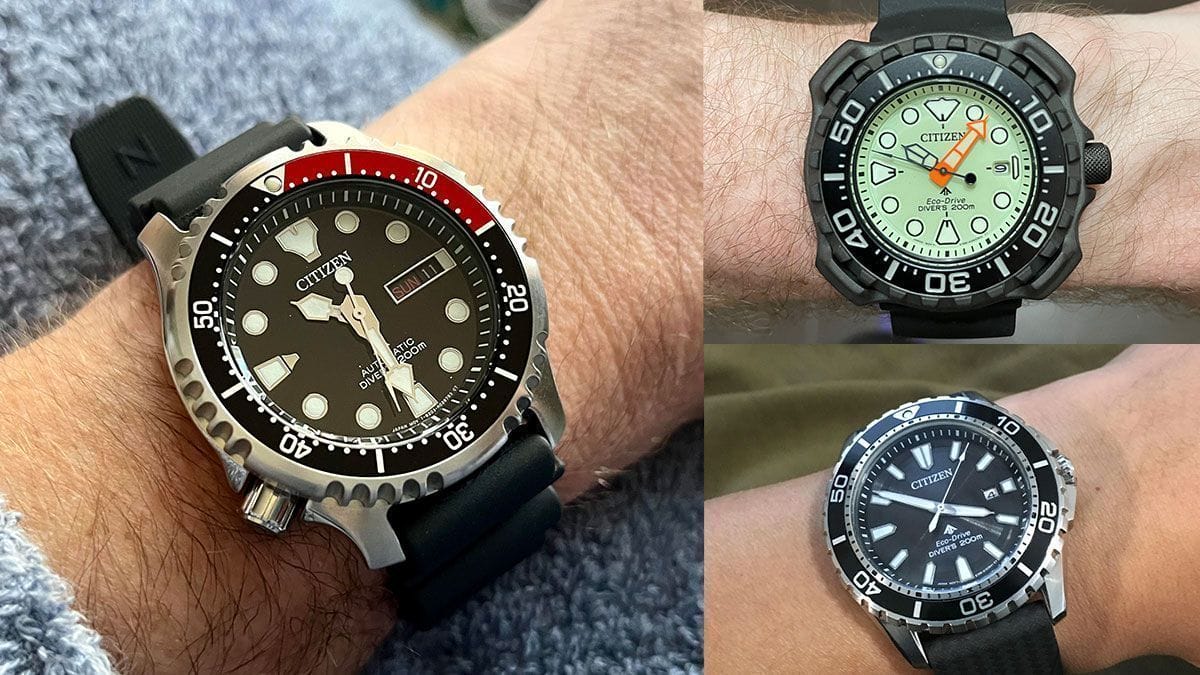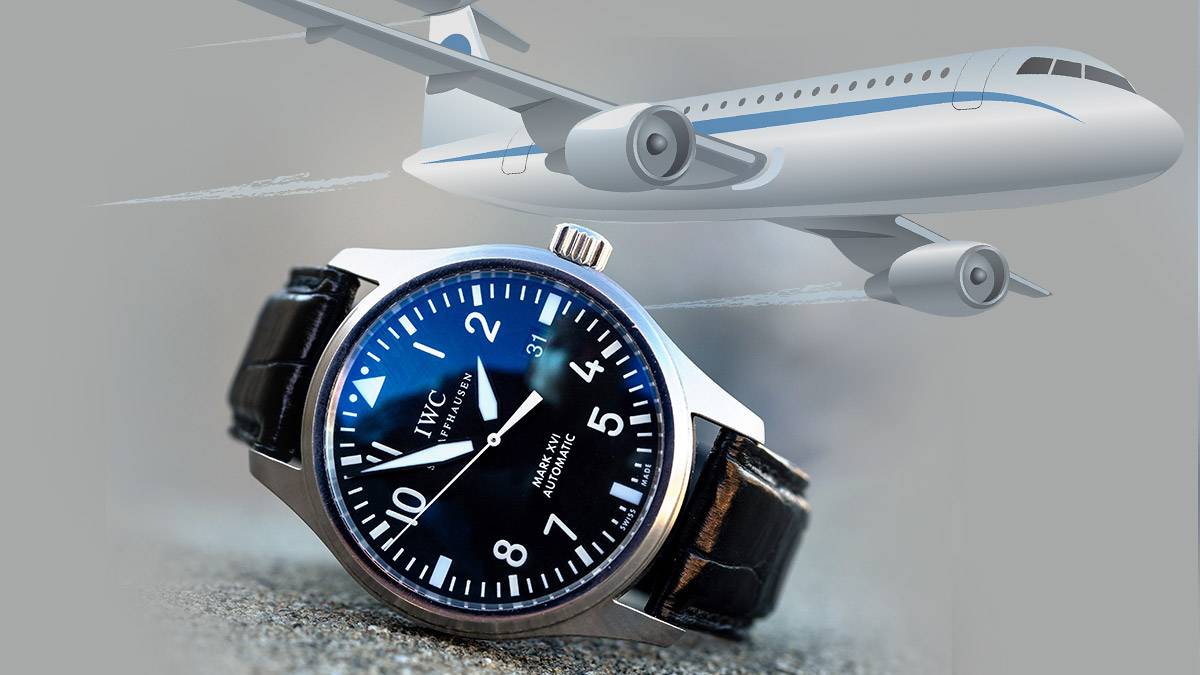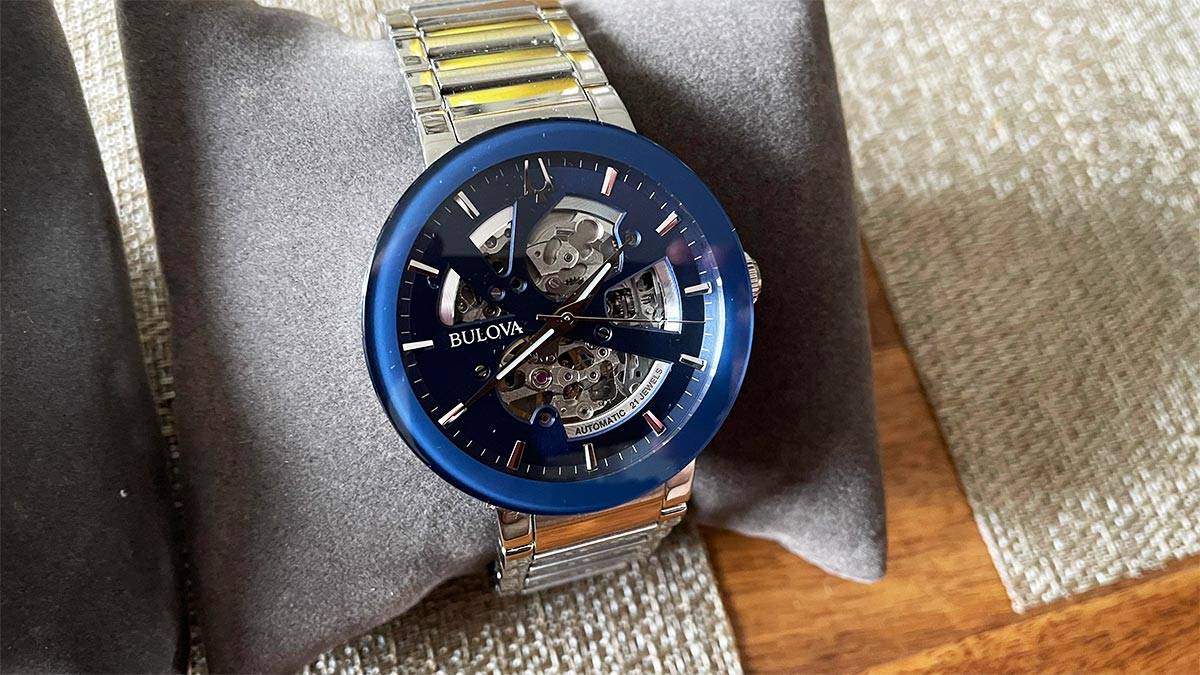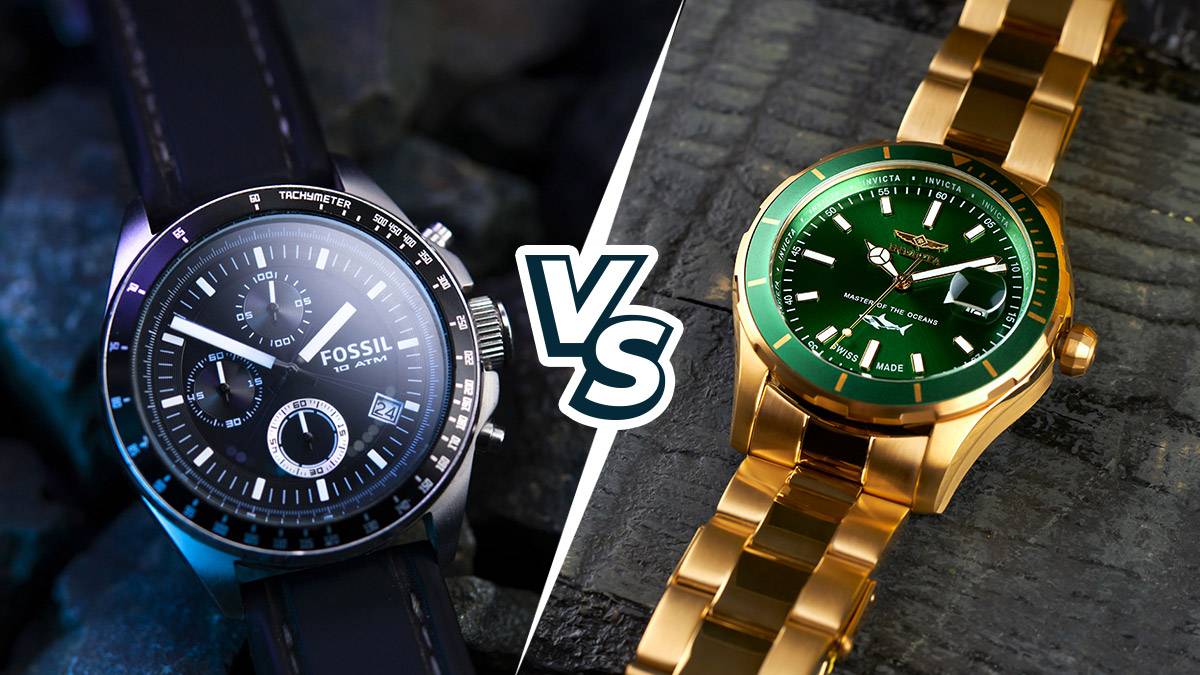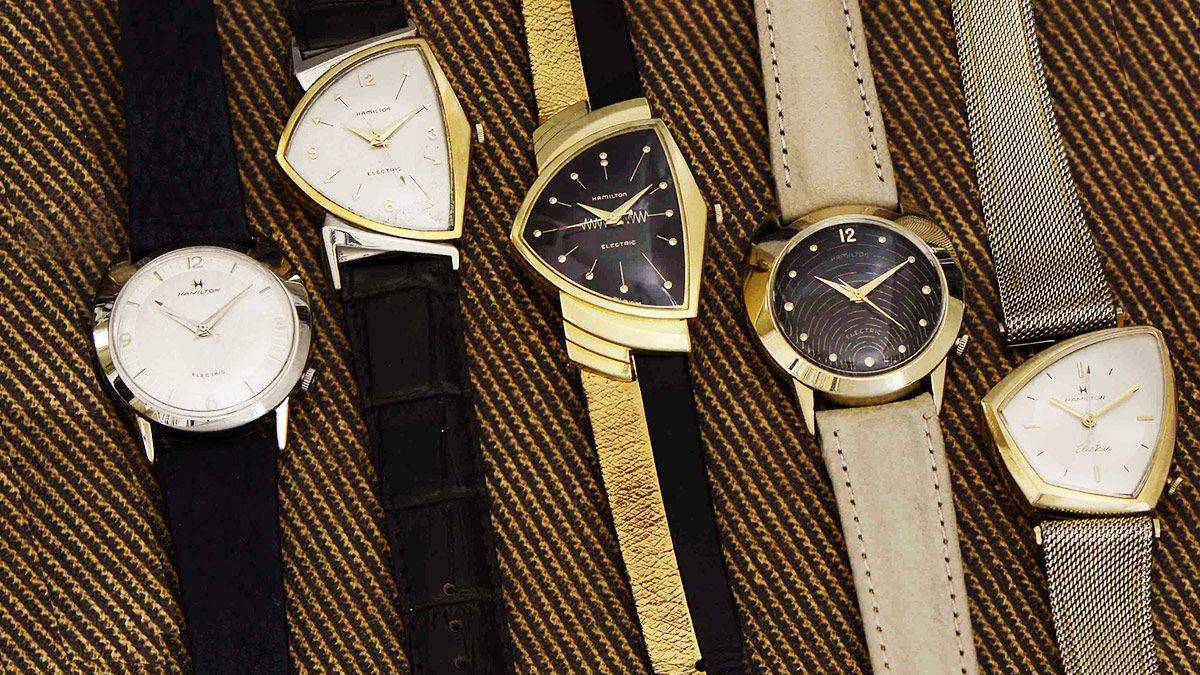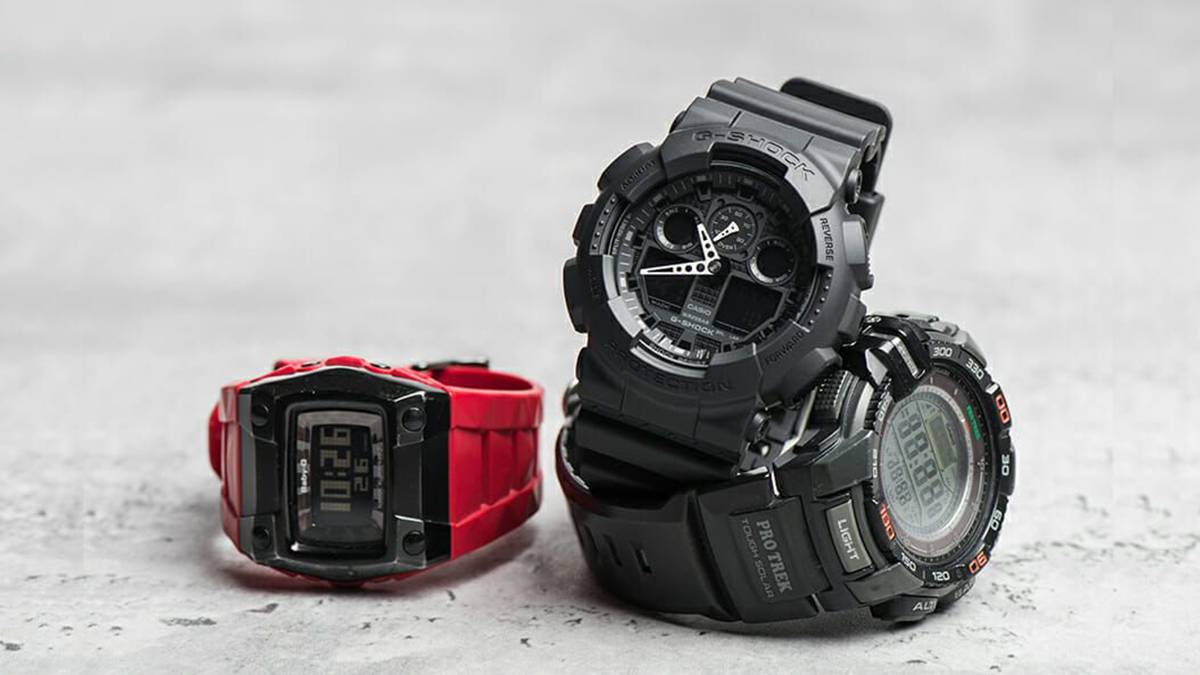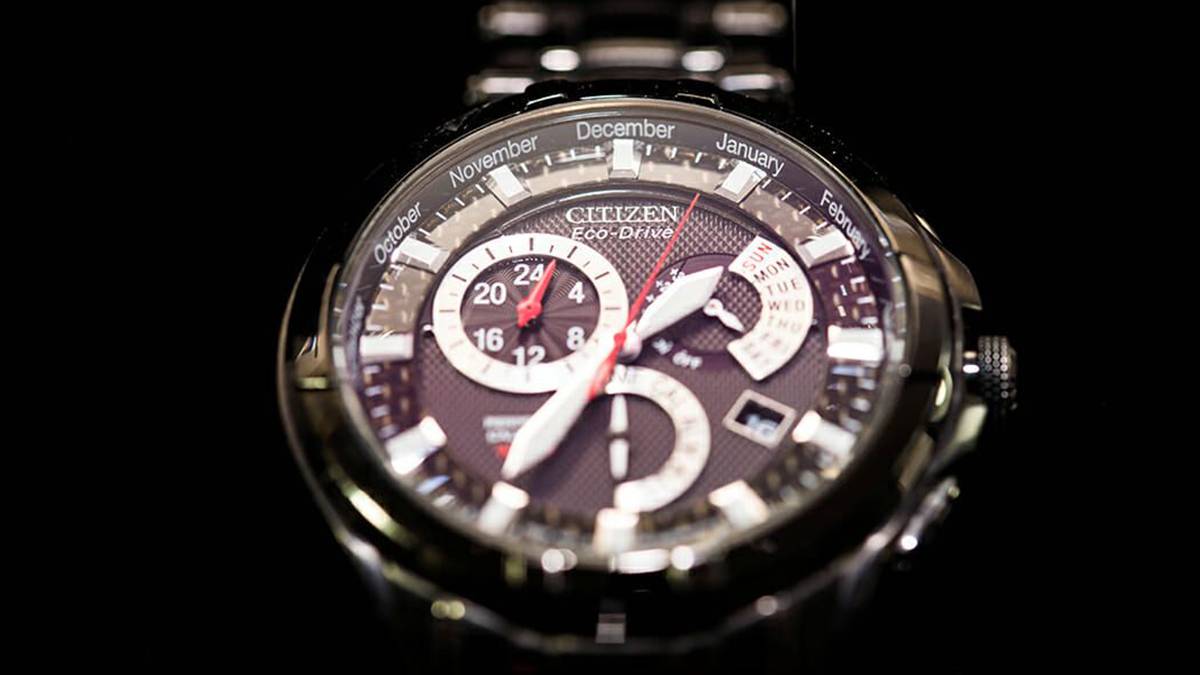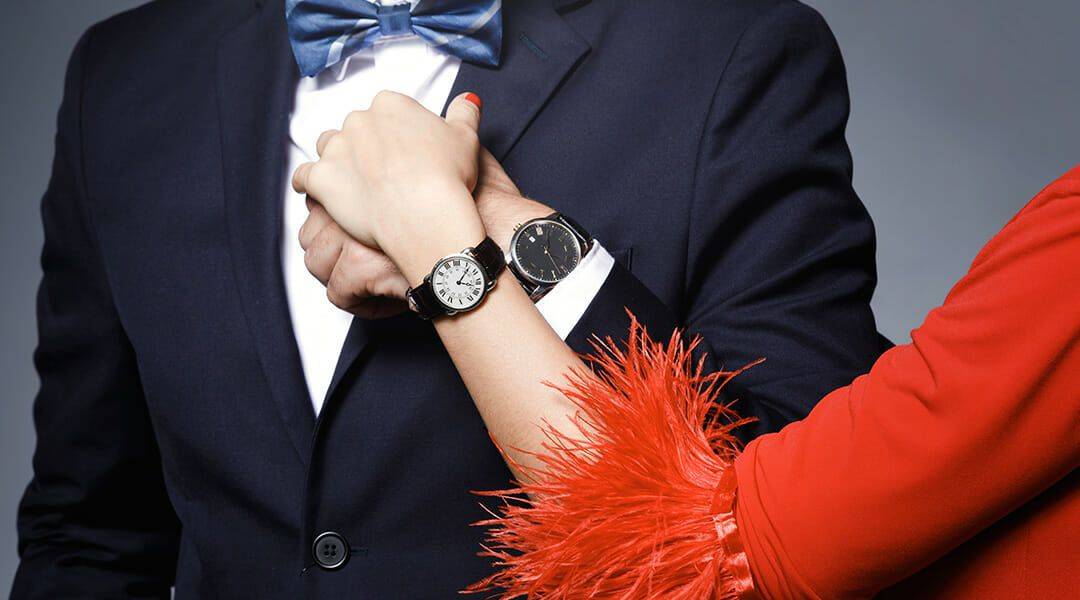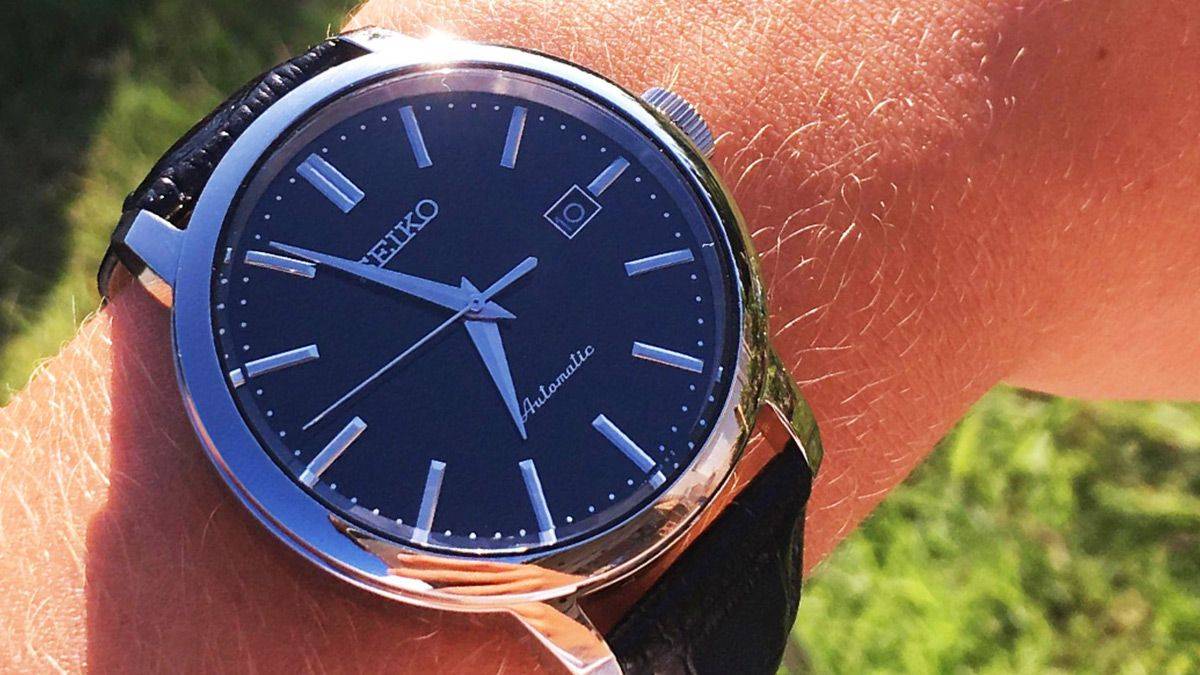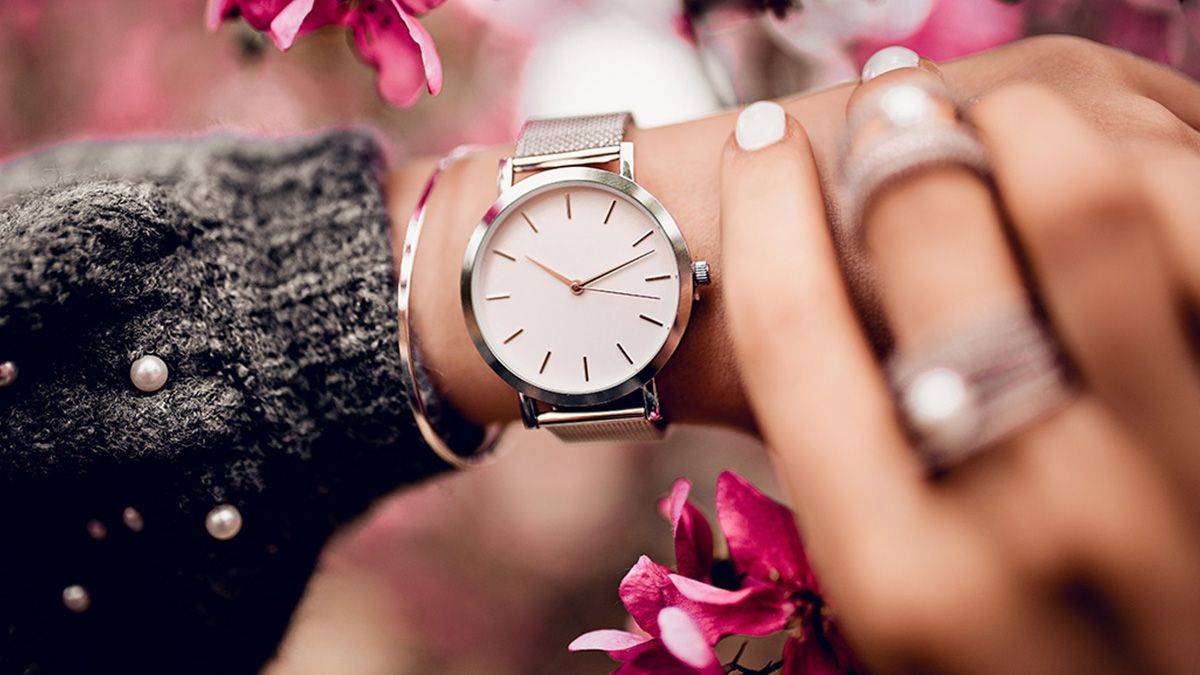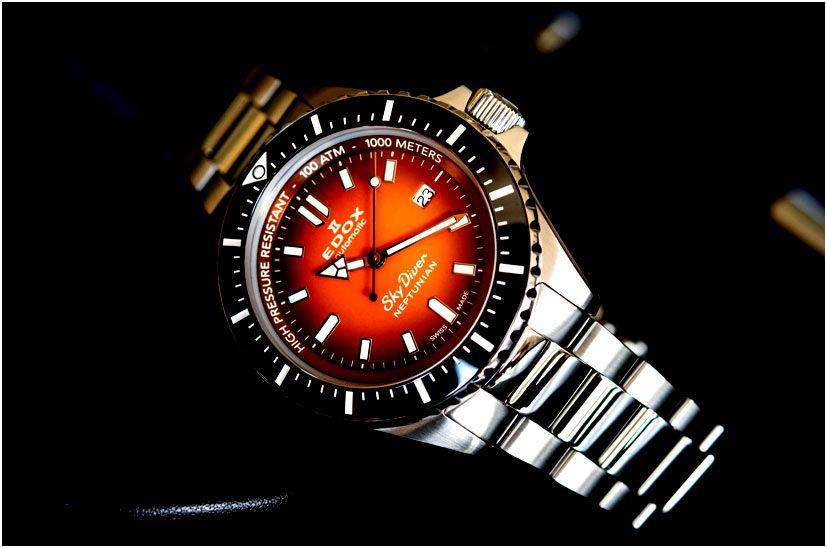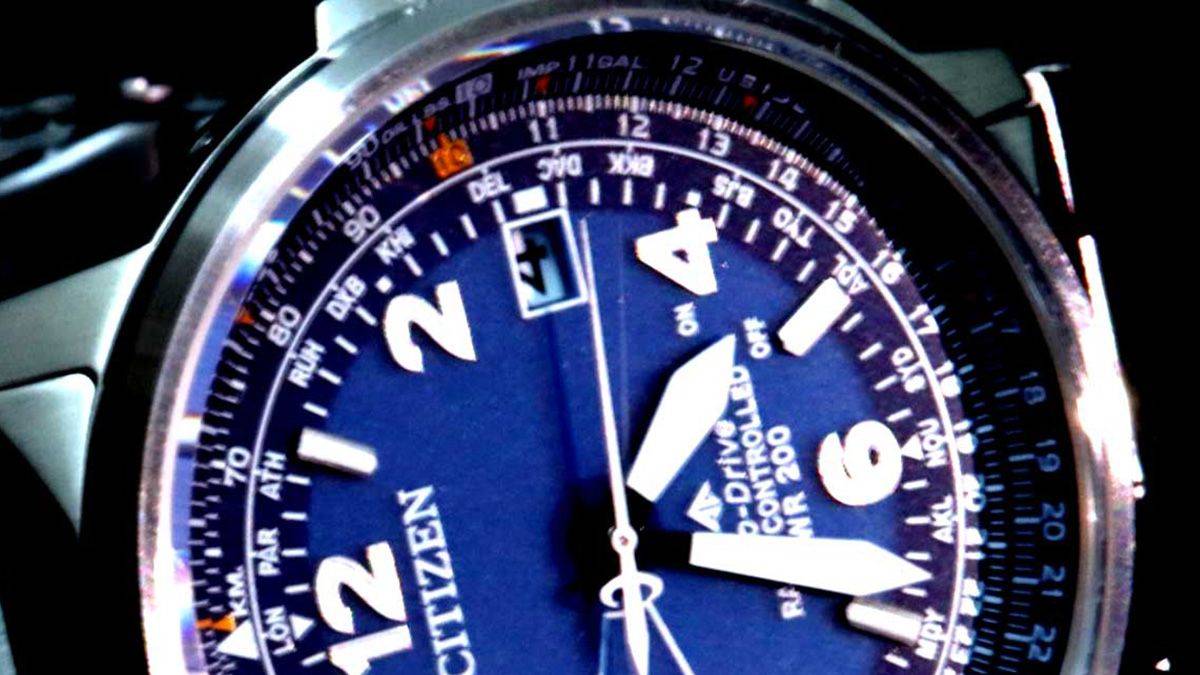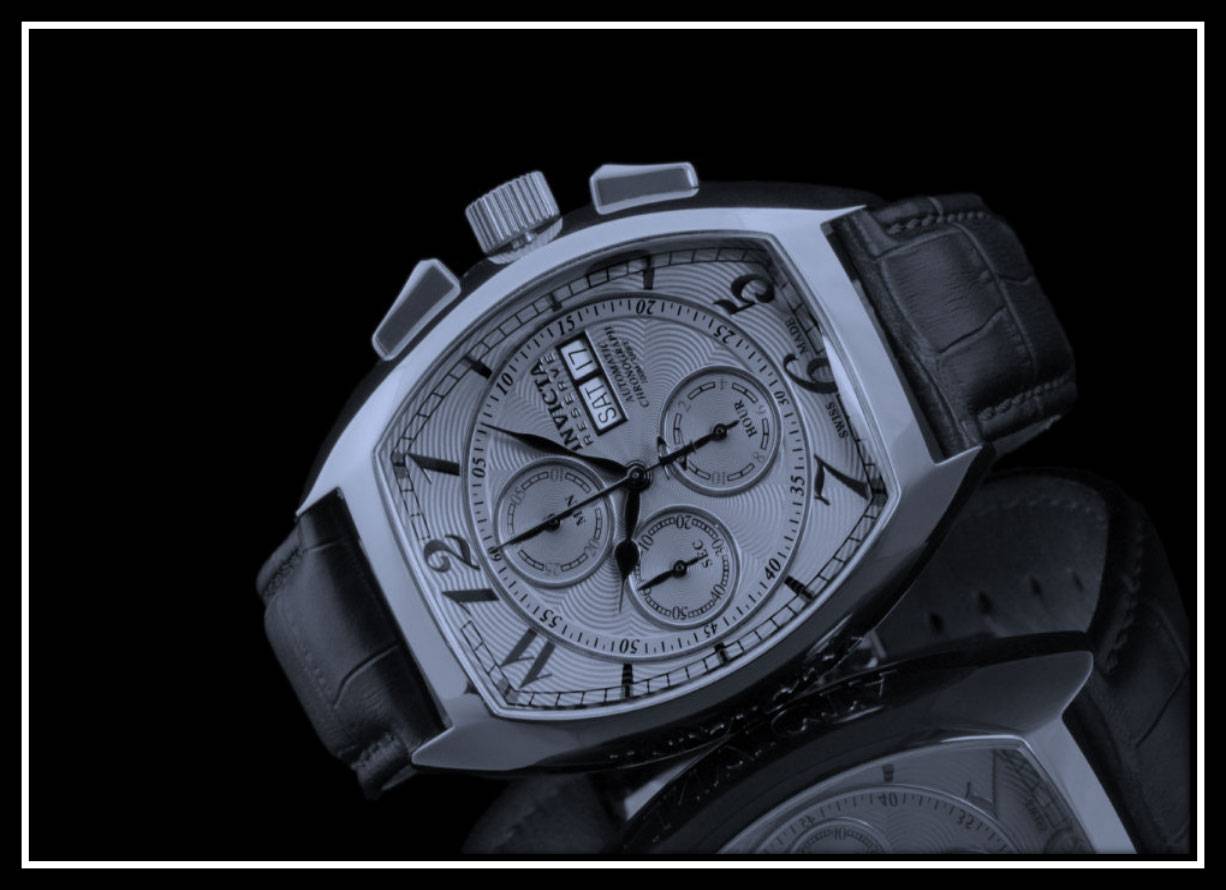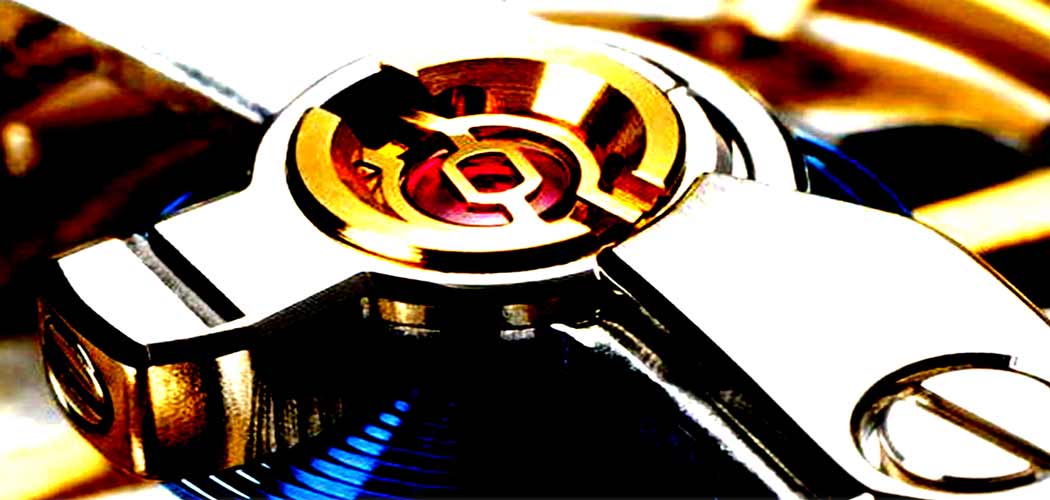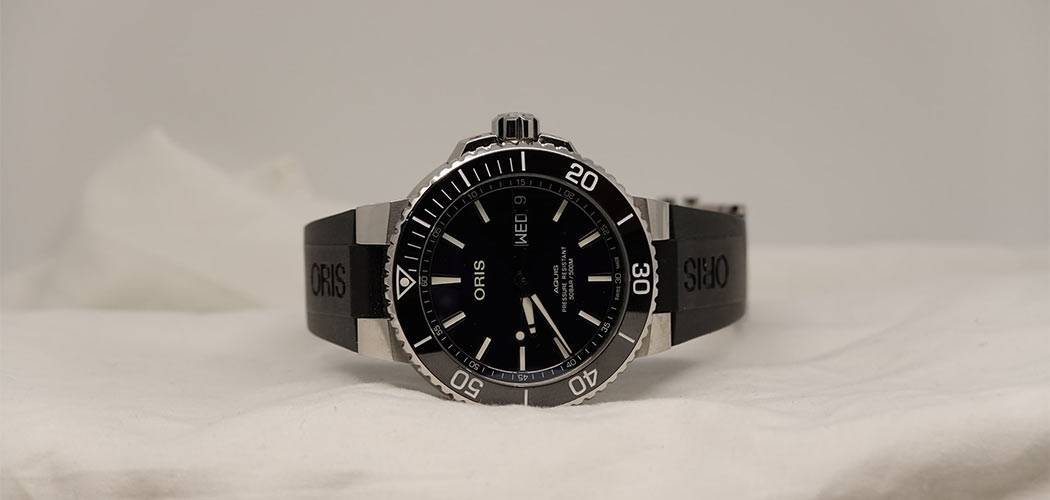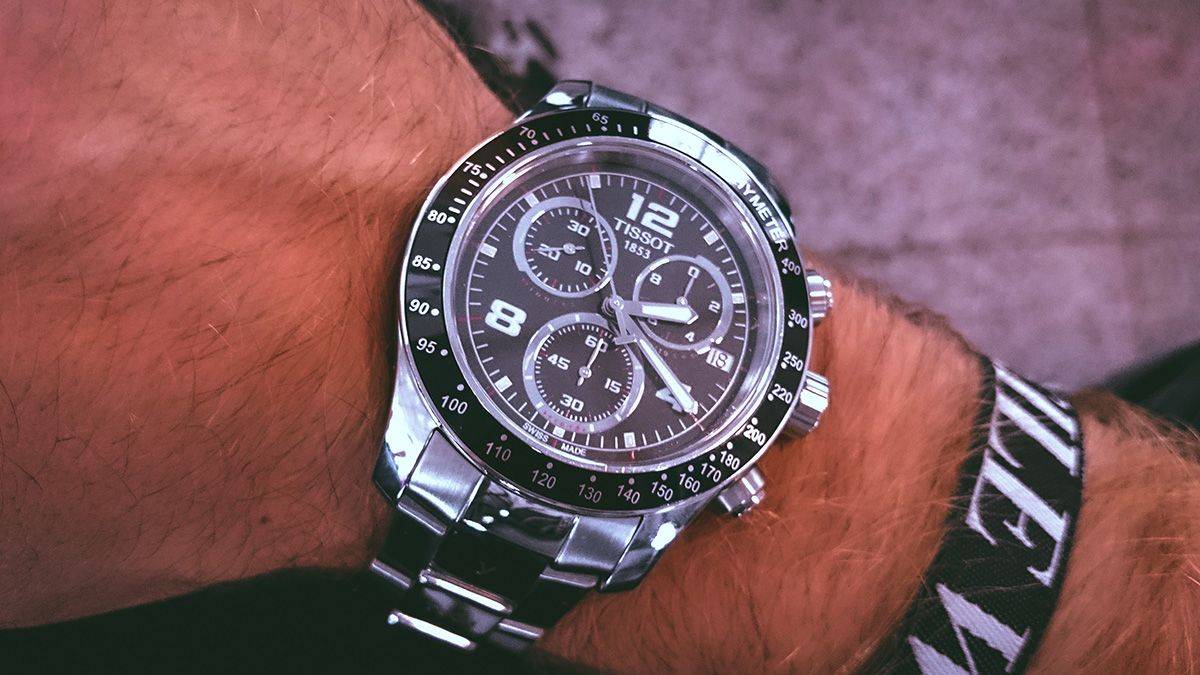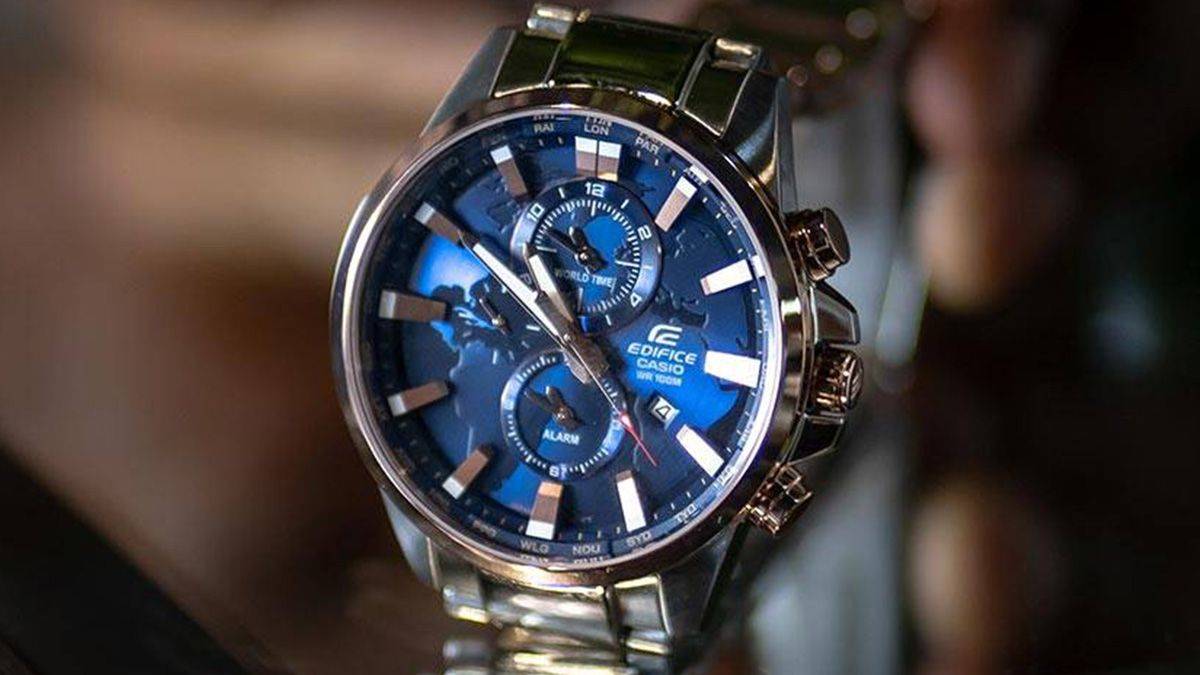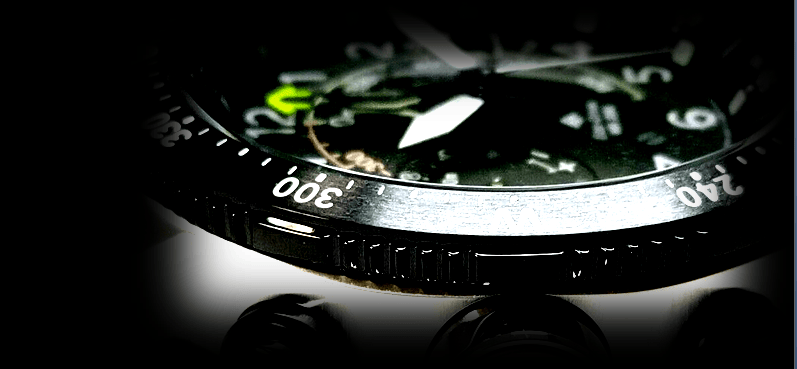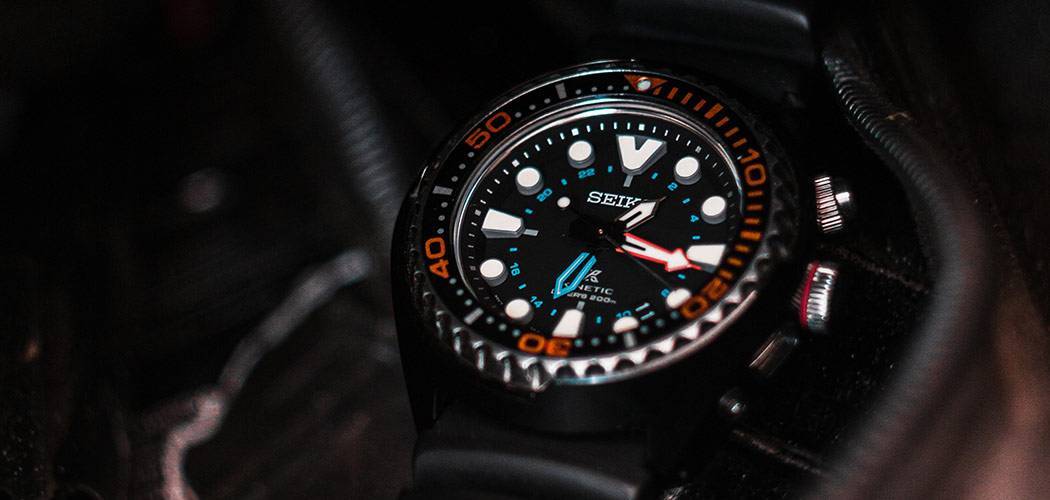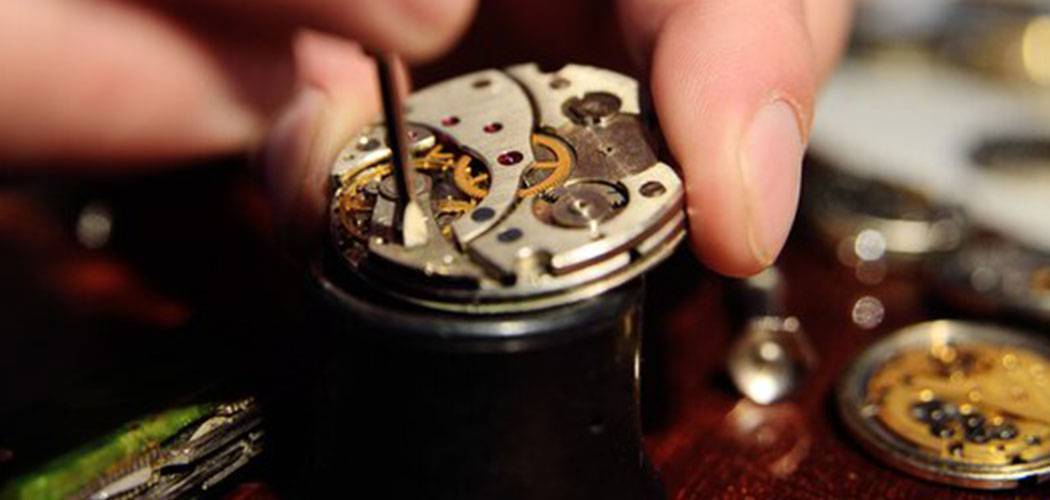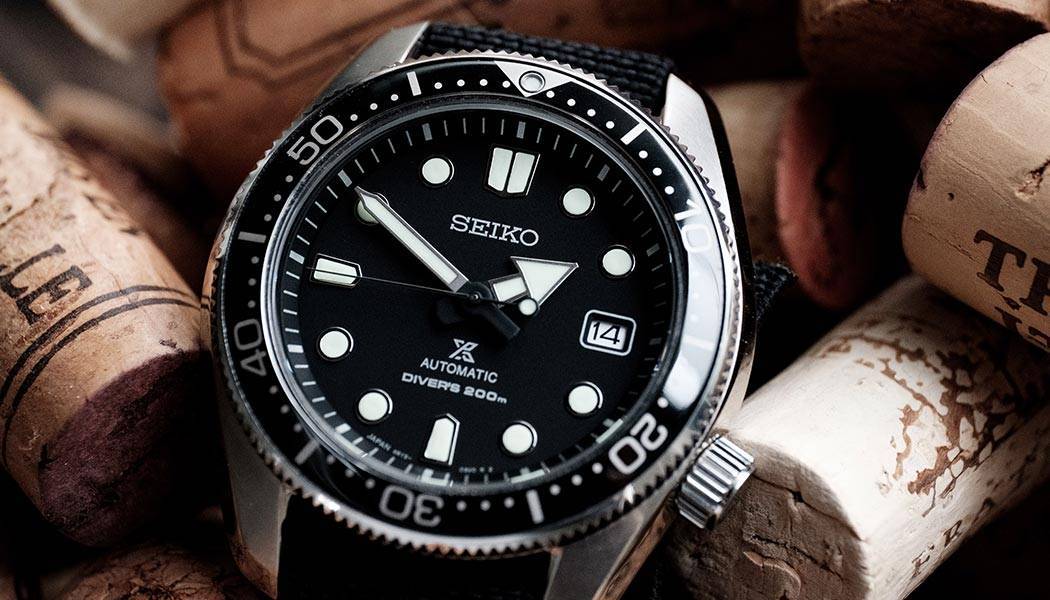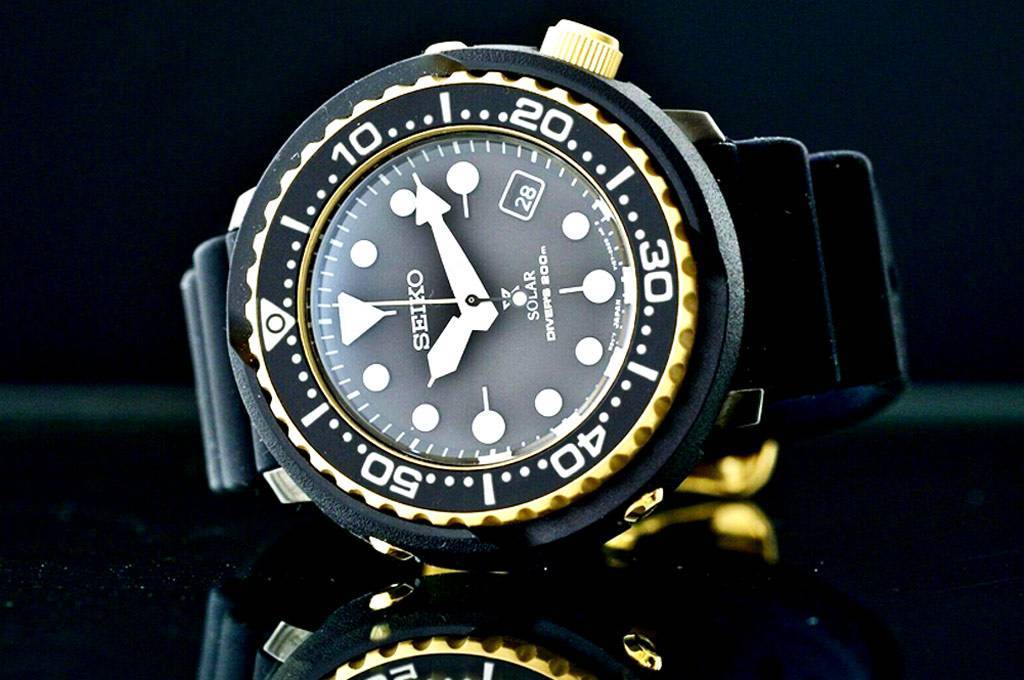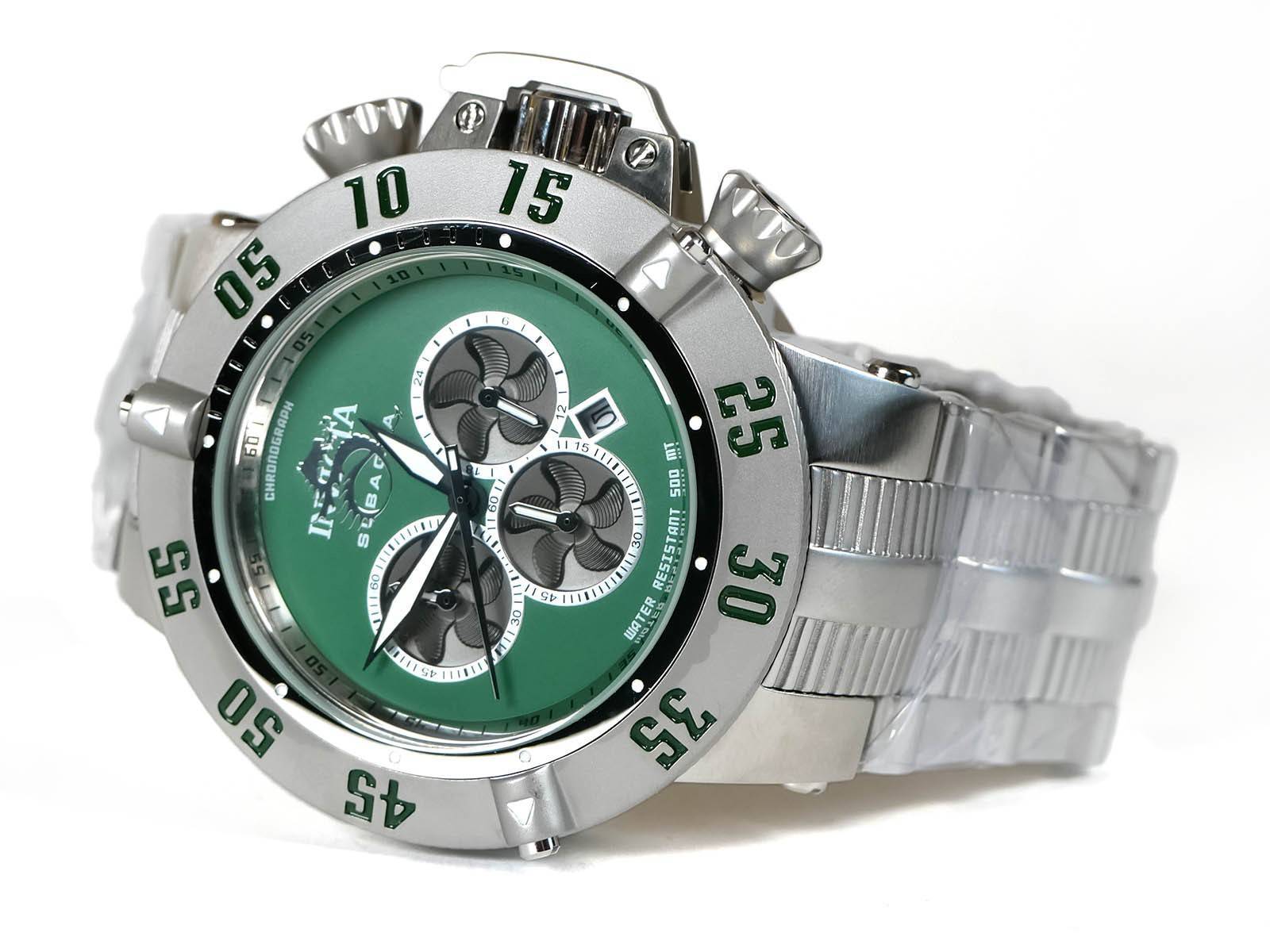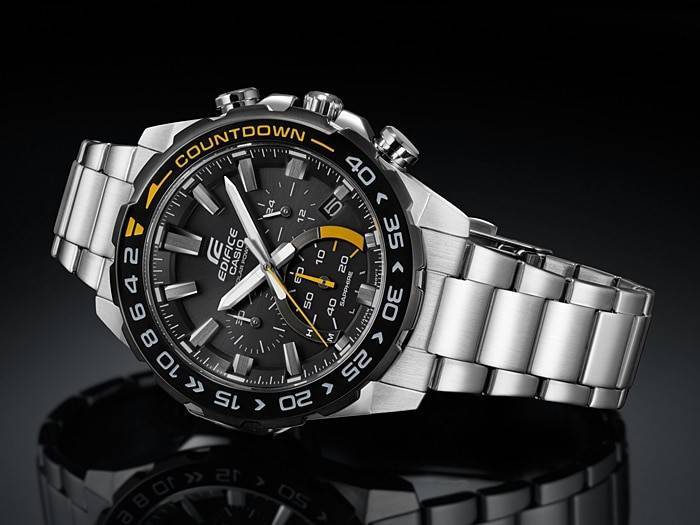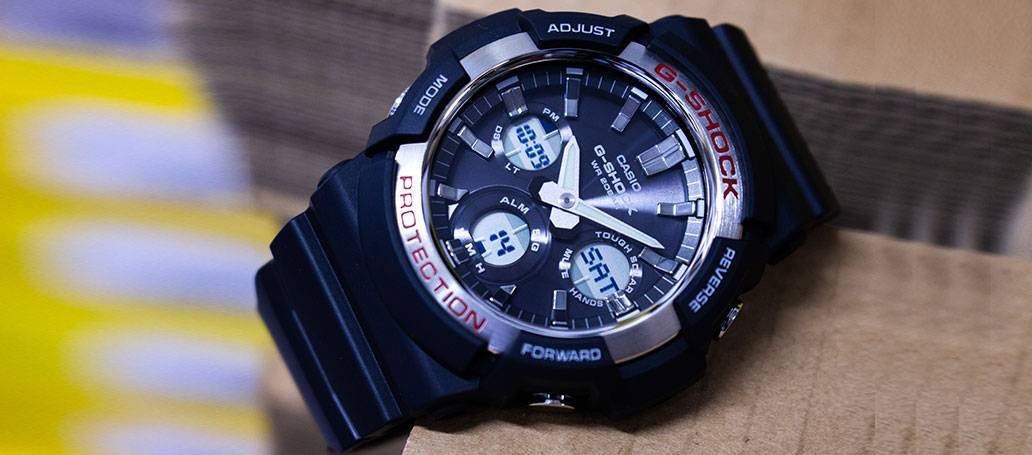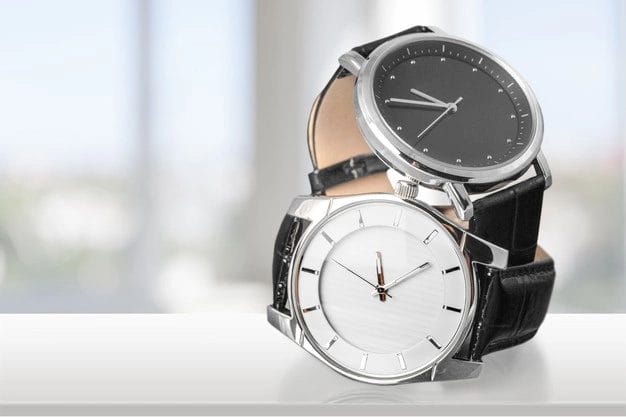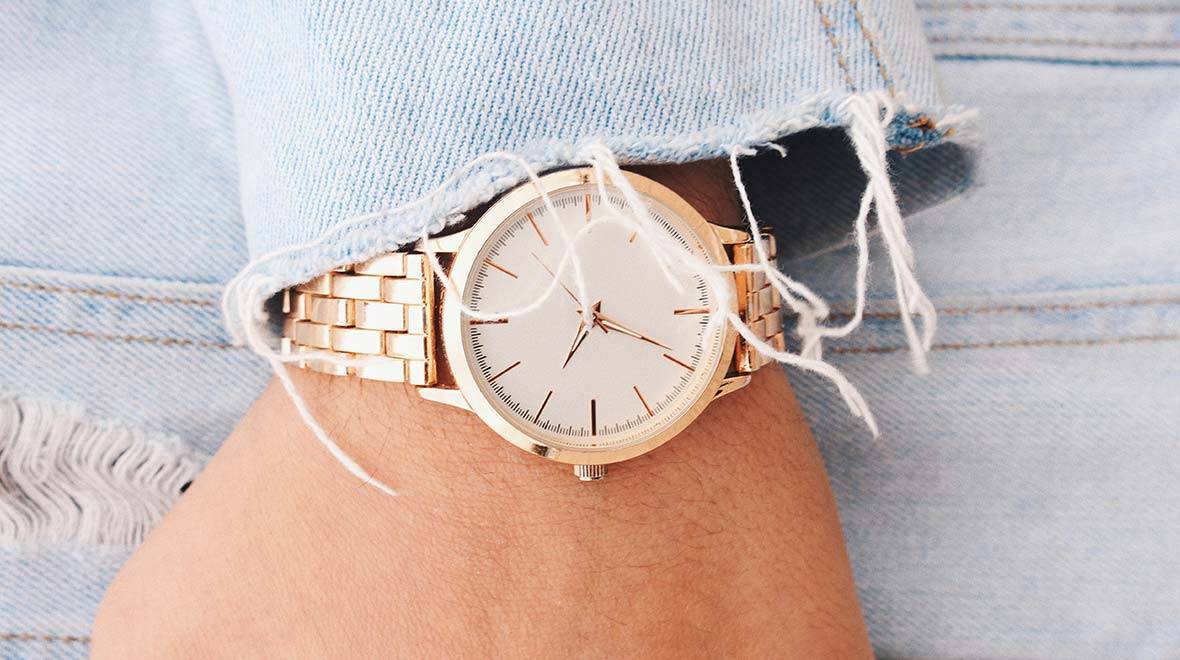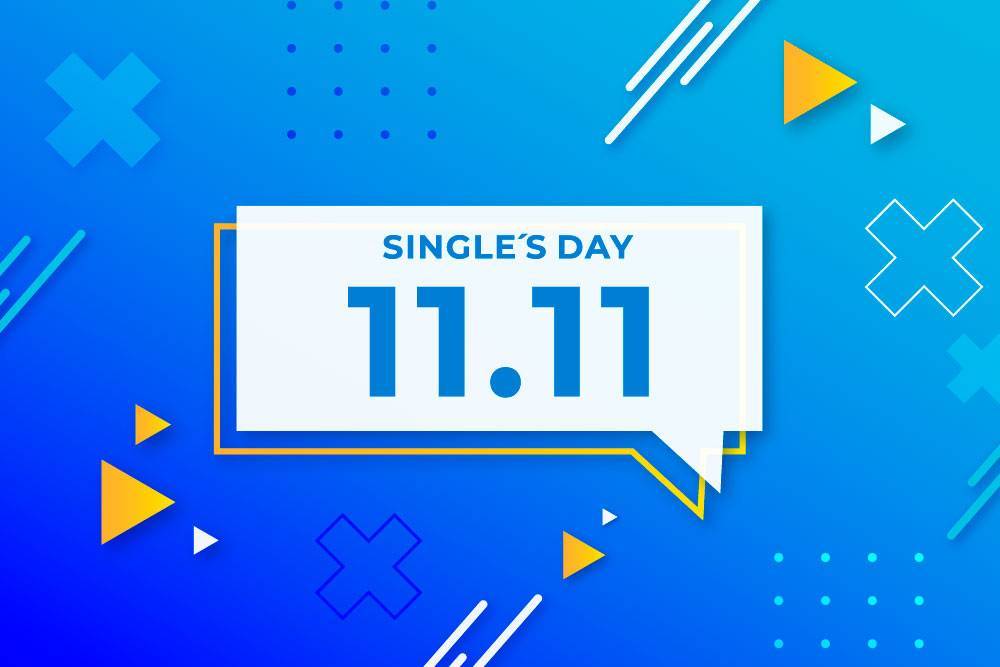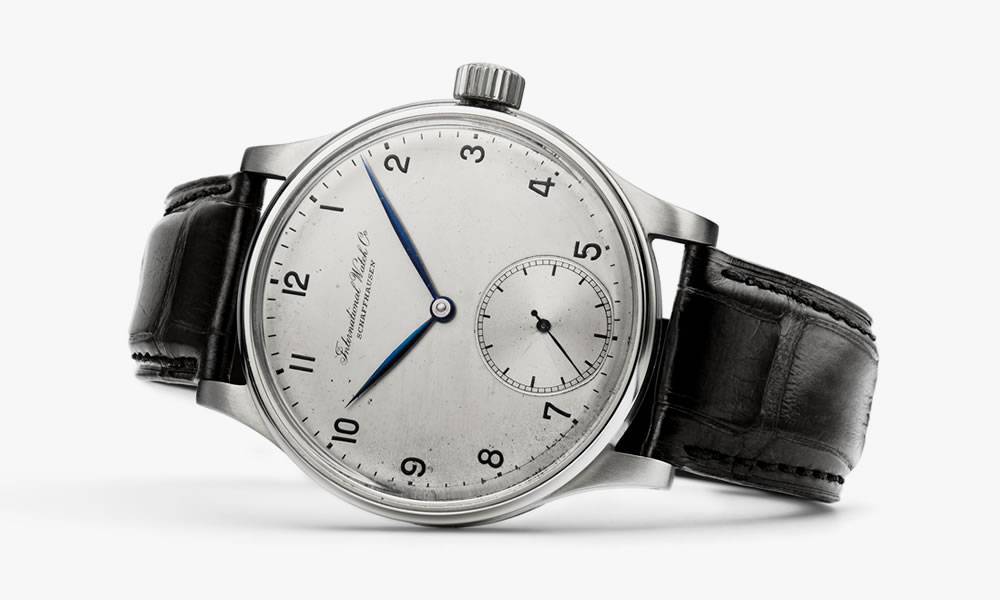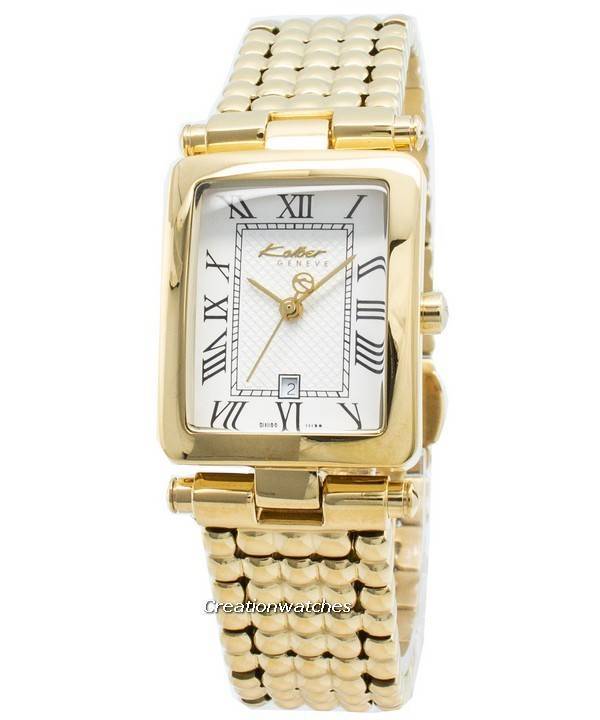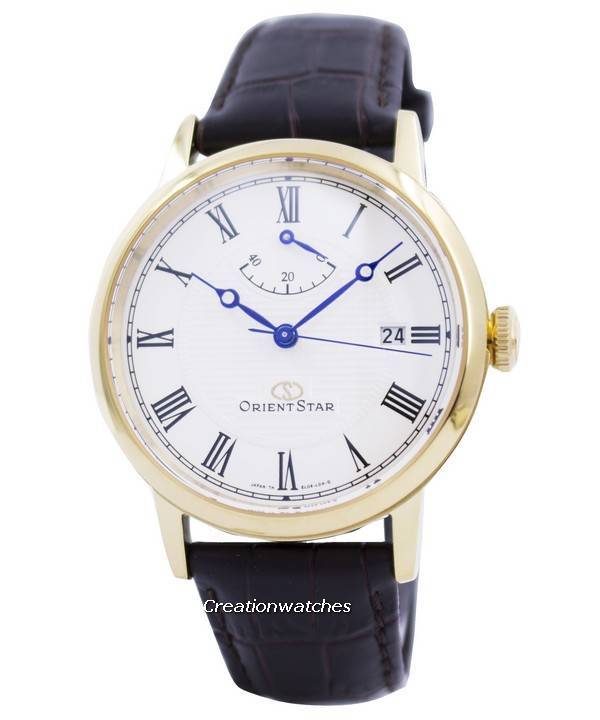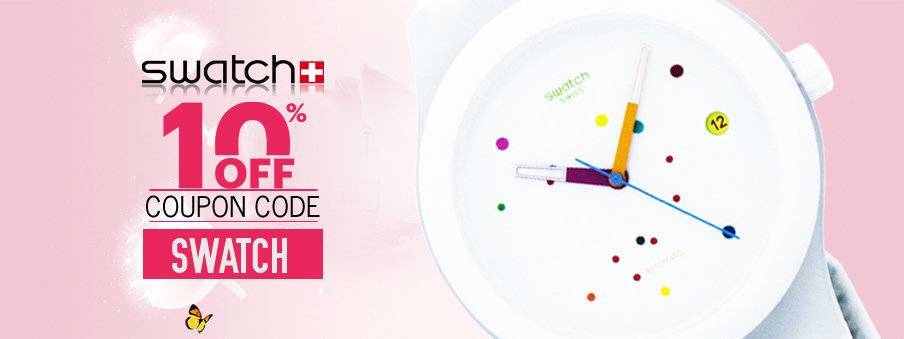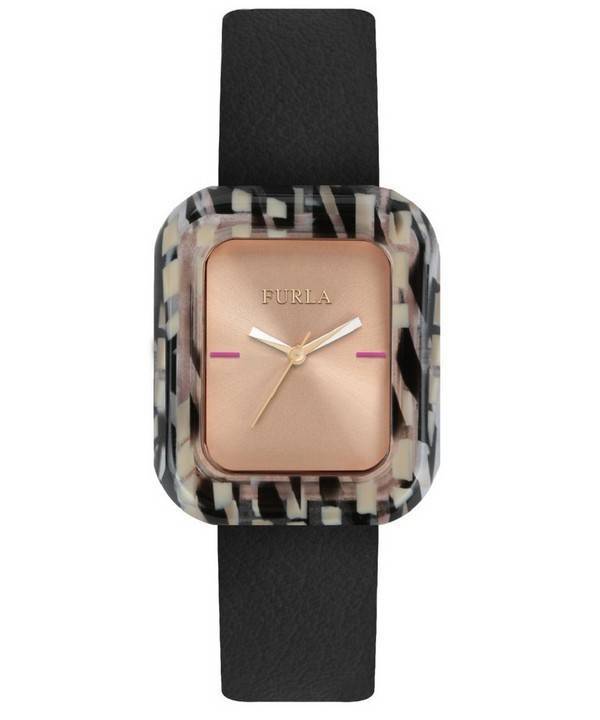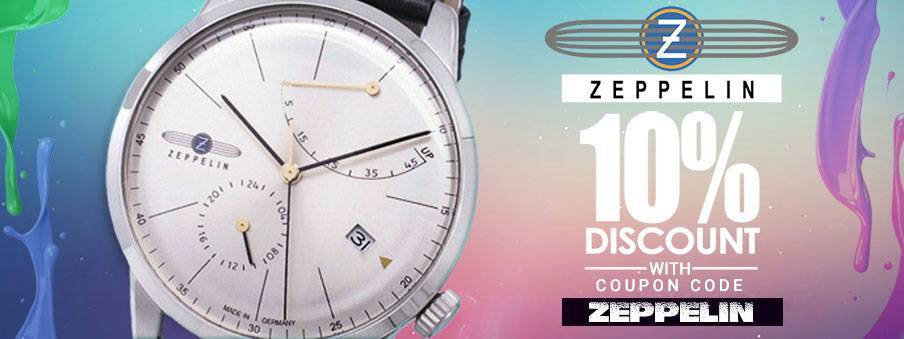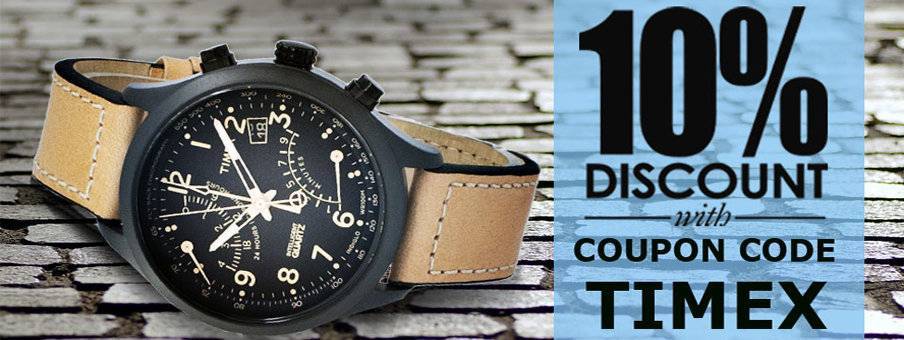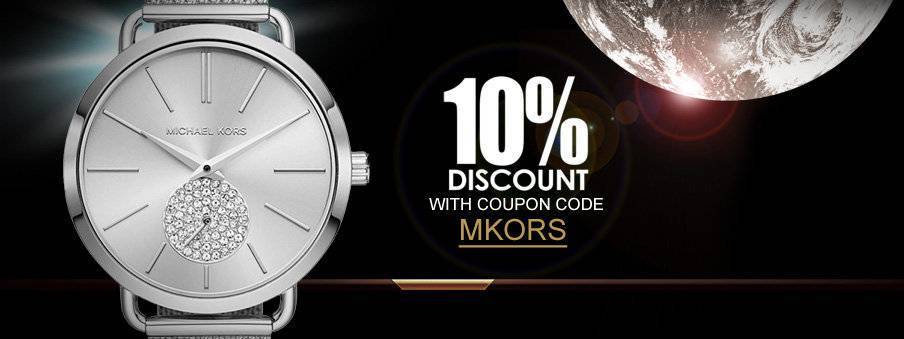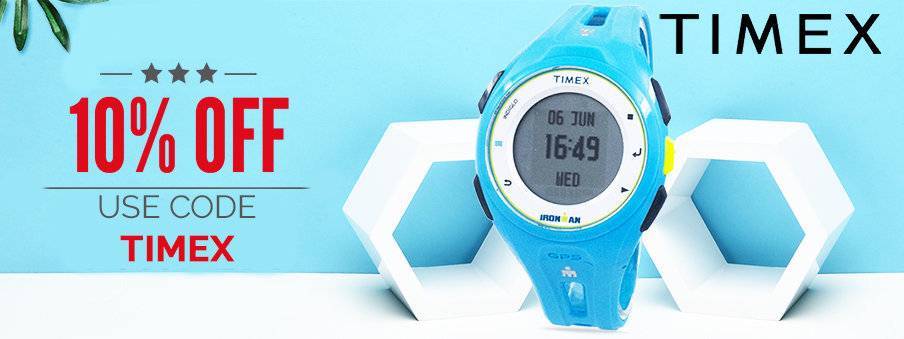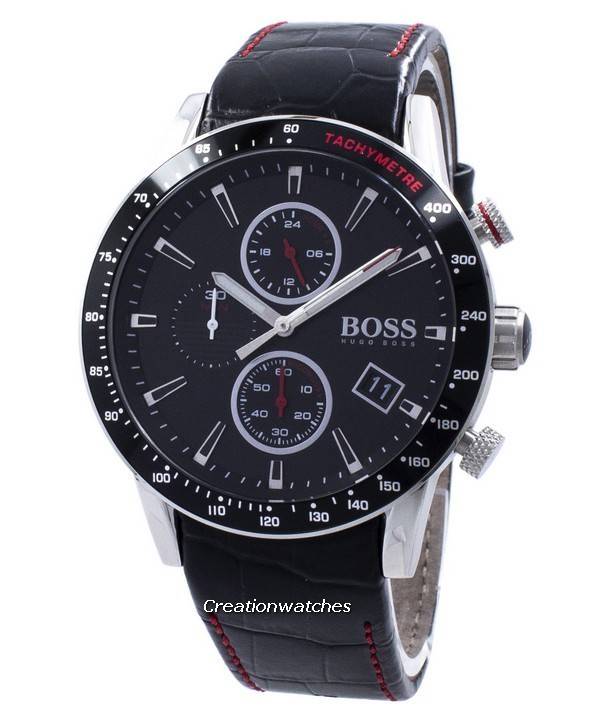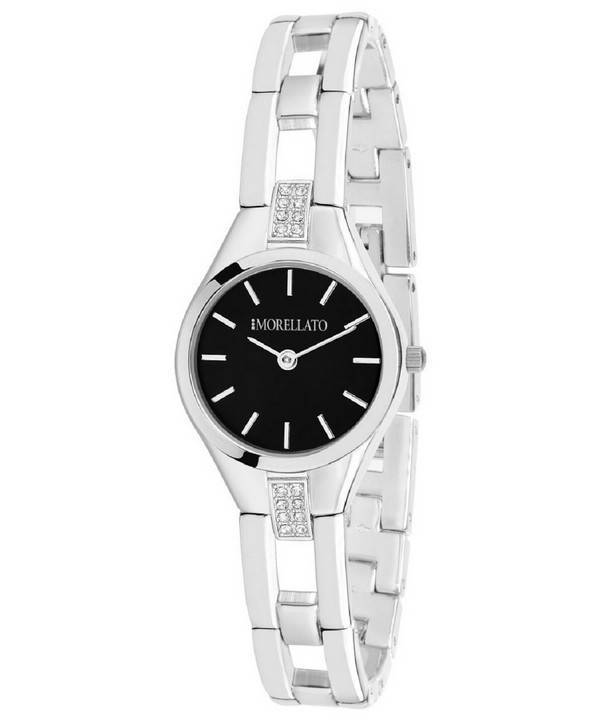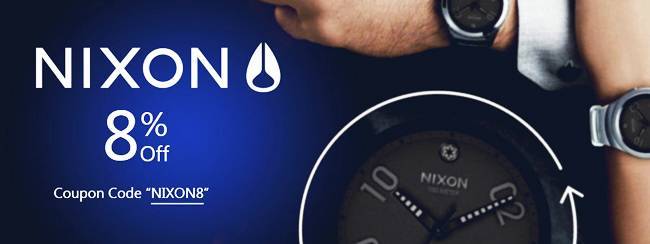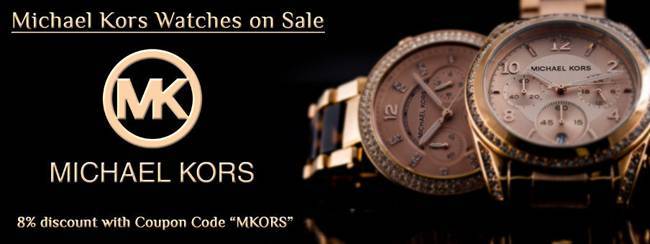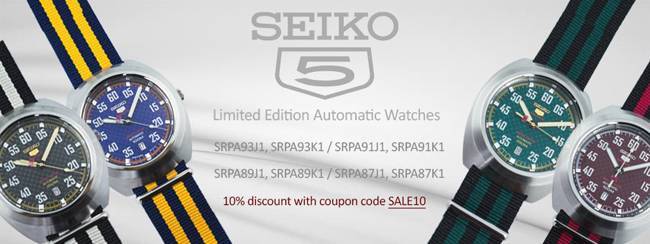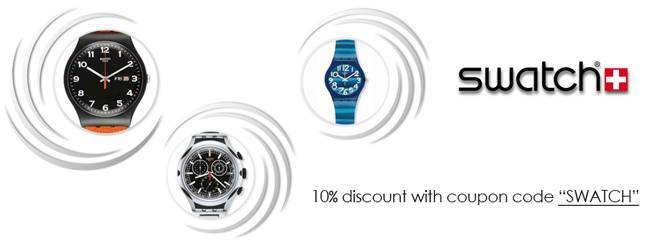
- May 12, 2022
- Watch Gonzo
- 0
“Technical or purely aesthetic, the joy of creation and possessing that creation is something unexplainable; doubling when together.”
Why DIY?
There are some among us who love the feel that accomplishments bring. And there are people who just love having fun in creative ways. There are people from every age group, skill sets and skill levels who are into this; they have made DIY projects a popular pastime for many among us.
Still, there remains a huge chunk that’s curious about ways to inflict changes and alterations to existing objects and turn it into something special among the rest. Not necessarily all who want to know about the ways to tinker with want to try things out themselves with the tools; but they love knowing about it and get things done later with someone who’s into practice. In that case, it helps keeping check if your appointed person is doing things right or not. Or, maybe just because “How to’s –“make for interesting reads.
Being a watch blog, we’ll therefore; focus upon the DIY aspects of your precious watches and make them look better, ensuring that they keep running smoothly for long.
To know about what modifications you might bring to a watch before going for it, you can always drop us a line and find out yourself the pros, cons and precautions that come as part and parcels for every such procedure.
DIY activities are fun; provide added benefits for both the mind and the body and sometimes, even for your wallet!
4 pillars of watch DIY: Repairs, Maintenance, Replacements, Enhancements
While the first 3 are actually pretty much easier to comprehend, enhancement brings a whole lot of questions to the mind, since it’s also an expressive art-form. This is a domain where options are plenty and unlike that escapement or hairspring where only another one of a similar kind would only suffice, the strap, case-back or the crystal – the most common components for modd-ing – brings multiple options in hand; only next to the bezels (including inserts), chapter ring(s), dials and the hands.
Serious case modding (with or without the crown); however, is only little different from designing it anew. Minor modifications like a change in the colour and/or a finish that you desire is pretty common. But it’s quite an art and requires high-level technical prowess to accomplish.
The boundaries of replacement and modding often overlap, making it hard to say what is what. Or, it can fall completely under the category of upgrades. Nevertheless, all these – together or individually – give new life to old watches is a great way to upcycle old parts from broken timepieces.
Now, you might be asking – “Which are the watches that are best for modding?”
 Truthfully, you may modify any watch into something else, provided you find the right parts and the required technical know-how and artistic sense. People mostly go for Seiko and Casio watches for this purpose; to be more specific, the Seiko SKX/SRPD line and the Casio G-Shock with metal bodies.
Truthfully, you may modify any watch into something else, provided you find the right parts and the required technical know-how and artistic sense. People mostly go for Seiko and Casio watches for this purpose; to be more specific, the Seiko SKX/SRPD line and the Casio G-Shock with metal bodies.
For more serious modding, you need to muster the courage for poking around inside a watch’s beating heart if you want to upgrade it internally. Then you’ll be working on the Day/Date wheel, the Stem and the Rotor; even the springs and levers if you manage to find them in higher end materials. And then, it crosses into the borders of repair and maybe, also that of maintenance’s.
Benefits as we mentioned earlier
Servicing/modding/repairing branded watches are not as easy like it used to be before. The post-pandemic world has slowed down by quite a bit and it can take weeks – if not months – for that special treatment or adding some artistic touch to your watch. Even a simple maintenance service for your watch can now take a few months; longer if you need to repair it or replace some of its inner components. A very long queue delays your watch from showing up at the work bench; following the waiting period, you are charged with a princely sum for the job. Going DIY saves the time and the money; besides, no one is going to treat your watch as lovingly as you would.
Then again, many of the authorised service centres will offer complete maintenance packages, where you’ll need to pay extra for repairs/replacements that you don’t even need! Not just money; it also costs you time.
Therefore, unless you encounter a problem with your watch that’s beyond the reach of an ordinary skill set or requires special tools or components, it’s wise to stick to DIY. However, you’ll need some time to learn and get familiar with the ways and procedures but at the end, it will pay off. You will not need to run to the workshop of your local watchmaker or to the authorised centre just to change the bezel or the strap or the glass.
So, let’s sum up the benefits of going DIY. In our next post, we’ll look at the tools you need and the purpose for each of them.
- Gaining skills is fun and it lets you utilise your spare time creatively.
- Working on your own possession gives it more TLC than another person would.
- It increases your patience, for it takes time to acquire the necessary know-how and techniques and more time to complete a DIY project.
- It develops in you the perfectionist’s mindset, for it all needs to be done properly. Any part appearing as a weak link in the chain is going to backfire, so to avoid that, you’ll go the extra miles.
- Makes you a forward planner and a person who takes precautions before taking every step.
- You teach yourself how to approach a problem systematically and overrule the tendency of opting for shortcuts.
- You learn to be stoic in the face of adversity and cope up with failures better.
- You just pay for the materials with money and invest time for putting them into use. You save the service charges that you can pay yourself instead.
- You can change the look of your existing watch(es) almost every day and surprise the people around till you can get separate watches for each day of the week.
- Lastly, you may procure exotic crystals, crowns, case-backs and straps and transform your ordinary watch into something EXTRAORDINARY!
Keep visiting/subscribe to the blog for upcoming DIY watch-modding ideas. We’d also like you to share your own modding ideas and suggestions and offer you some of the best watches for the purpose.
F.A.Q. – 7 questions every watch DIY wannabe asks
A: Modern watches – both mechanical and quartz – are built to run perfectly well beyond their recommended service intervals, provided you do not subject them to intentional, deliberate abuse. Yes, that applies even to the tool watches; even to the G-Shock – albeit they will withstand such mistreatments 100 times or more than those not meant for adverse environmental conditions.
Still, ‘don’t fix till it’s broken’ is not the ideal approach if you want to own a watch. From time to time, you need to check it from not the views of an admirer but that of a critic.
True, a Solar or a mechanical watch can well keep on working even after a decade or more without any servicing or maintenance; however, the resulting wear and tear – more so for a mechanical watch – brings it closer to its breakdown every passing moment after the 3-year mark. And as time passes by, things get all the more difficult; especially, if you are attempting a repair without replacing parts that are worn out. This deterioration of internal components could be prevented with a well-scheduled DIY routine, that spares you from squeezing time out of your busy schedule to visit a watch service centre ten miles (or more) away. Plus, it takes almost an eternity before it’s returned to you again.
For these very reasons, you must service your watch once every two years and considering the associated costs for maintenance and the lengthy waiting period, DIY is encouraged.
A: Among all the most common mistakes, extending the service interval is the biggest. Next, it is about replacing damaged components, for which people often opt for cheap, local-made alternatives. This is largely due to the fact that watch maintenance is expensive and it particularly applies for the post-pandemic world where everyone is trying to earn more and/or save money.
Not disclosing the problem in its entirety is a mistake committed by the service personnel. They do it to ensure your repeated trips to the service centre. While repairing the only symptom observed would take care of the problem for the time being, it sows the seed for smaller existing problems to get bigger and nastier in future. That’s bigger expense!
Whereas, with a proper knowledge, tools and dexterity, all you’ll need is to buy the components and keep aside some spare time.
- Don’t try to service your watch in a hurry.
- Don’t try to save a few bucks by purchasing low-quality lubricants and tools.
- Getting your watch shiny and clean from outside isn’t servicing. You need to clean it from the insides, removing every tiny dust/dirt particle around the gaskets, glass and the case back.
- Give the watch all the lubricant it needs. Thinking that you’ll use the same quantity to oil two (or more) watches instead of one is silly. You’ll be wasting your money and damaging your watch at the same time.
A: A running watch is subjected to wear and it’s only proper lubrication and internal cleaning that will keep it running well. Else, the wear exacerbates, resulting in partial or complete damage of the watch movement.
A: To answer simply – It all depends on the watch. The basic technological principles stay the same but the technological advancements make them complex; in particular, for those with longer service intervals. Therefore, whether it’s a vintage watch or a long-service internal watch, an average service interval of 3 to 5 years is recommended.
A: Yes, of course! The approach should be completely different, depending upon the age and model of the watch. Else, it might result in significant losses of originality and character of the watch.
A: No. They are not malleable to work with; they either work or break. A complete replacement i the only solution offered here. However, for internal silicon components – such as the hairspring – stick to the one provided by the manufacturer of the watch you are servicing, repairing or restoring.
Keep dropping in to leave your replies below. State which one of the above mentioned you’d like to go for the most and also, for what?













